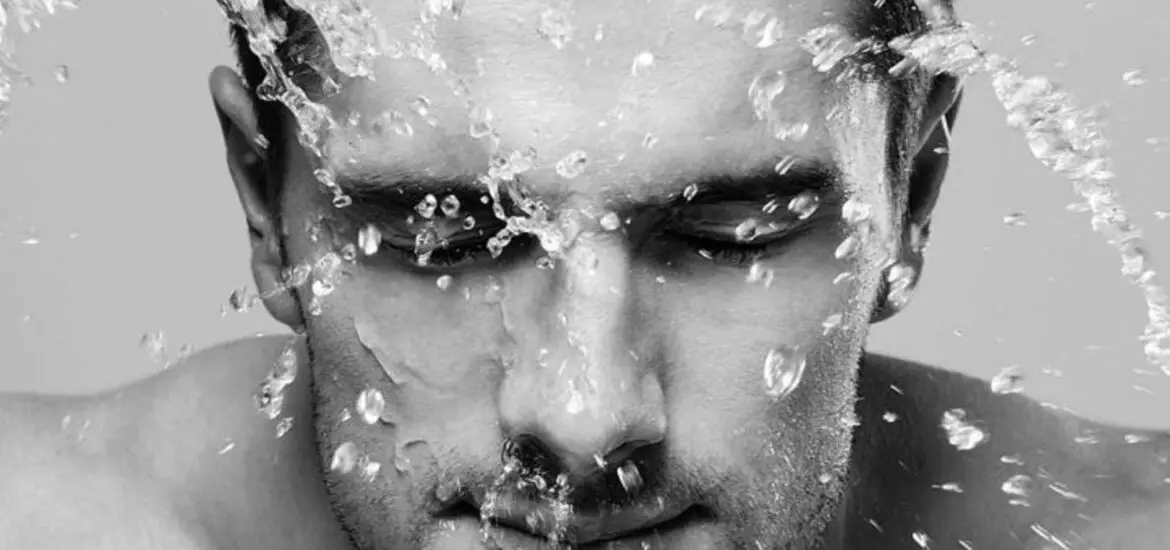This guide offers detailed, research-backed solutions on how to repair skin after over exfoliating to help you navigate this sensitive period. Let’s walk through each step to understand the nature of over-exfoliated skin and how to nurse it back to health.

Table of Contents
Identifying the Signs of Over Exfoliation
Over-exfoliation can lead to various signs including redness, peeling, and increased sensitivity to the sun. It’s essential to first understand and identify these signs before taking corrective measures. L’ORÉALParis notes that immediately stopping all forms of exfoliation is pivotal.
Here are common signs to look out for:
Redness and irritation
An unusual stinging sensation when applying products
Inflamed breakouts
Tips on How to Repair Skin After Over Exfoliating
Follow the expert tips on how to repair skin after over exfoliating:
Developing a Gentle Cleansing Routine
When it comes to learning how to repair skin after over exfoliating, initiating a gentle cleansing routine is paramount.
This routine is about much more than just selecting the right cleanser; it encompasses the temperature of the water you use, your application method, and how you dry your skin afterward.
Let’s delve deeper into these aspects:
Using Lukewarm Water
Hot water can strip your skin of essential oils, leading to increased dryness and irritation. Lukewarm water is gentle on the skin, helping to preserve its natural moisture barrier.
Maintaining the right water temperature can be a simple yet effective start to your routine.
Applying Cleanser with Fingertips
Using your fingertips allows for a gentler application compared to using a washcloth or a brush, which can be too abrasive, especially on over-exfoliated skin.
Engage in small, gentle circular motions to clean your skin without causing further irritation.
Rinsing Thoroughly but Gently
After applying the cleanser, ensure to rinse it off completely to prevent any residue buildup which can lead to breakouts. Be gentle to prevent aggravating your skin condition further.
Use your hands to scoop water and splash it over your face repeatedly.
Patting Your Skin Dry
Be gentle when drying your face. Instead of rubbing your skin, pat it dry using a clean, soft towel to prevent further irritation and to maintain the skin’s integrity.
The La Roche-Posay Toleriane Hydrating Gentle Face Cleanser listed on Amazon is a highly-rated face cleanser.
Moisturizing Adequately
Following a gentle cleansing routine, the next critical step in how to repair skin after over exfoliating is to moisturize your skin adequately.
Here, we emphasize not just the application, but also the selection of products that cater to the needs of over-exfoliated skin.
Let’s unpack this:
Applying Moisturizer Twice Daily
According to Healthline, you need to moisturize your face in the morning and at night to provide continuous hydration. It helps replenish the moisture lost during cleansing and other daily activities.
Applying the moisturizer once for other parts of your body is okay, but twice will yield better results.
Using Non-comedogenic Products
Non-comedogenic products are formulated to not block your pores, therefore reducing the risk of developing acne and blackheads. It’s an essential characteristic to look for in moisturizers, especially when your skin is recovering.
Considering Overnight Moisturizing Masks
An overnight mask can provide deep hydration, helping to restore the skin’s moisture barrier while you sleep. These masks often contain a higher concentration of moisturizing ingredients to nourish your skin thoroughly.
You can get the CeraVe Moisturizing Cream from Amazon now.
Protecting Skin from the Sun
Over-exfoliated skin is notably more sensitive to the sun, making sun protection an indispensable part of the healing process.
Protecting your skin from harmful UV rays goes beyond just the application of sunscreen; it extends to reapplication and the use of protective clothing.
Let’s explore this in detail:
Using a Broad-Spectrum Sunscreen
A broad-spectrum sunscreen protects against both UVA and UVB rays, helping to prevent sunburn and premature aging. An SPF of 30 or higher is recommended for adequate protection.
This Amazon-listed Sun Bum Original SPF 50 Sunscreen Lotion is a good option.
Reapplying Sunscreen
It’s not enough to apply sunscreen once; it needs to be reapplied every two hours when you’re outdoors to ensure continuous protection. Moreover, reapply immediately after swimming or sweating.
Wearing Protective Clothing
Clothing like wide-brimmed hats and sunglasses offer additional protection against the sun. It helps in shielding large portions of your skin, reducing the direct impact of the harmful rays.
Check out these other related articles…
Red Skin After Exfoliation: 3 Proven Remedies
How Long Does it Take for Over Exfoliated Skin to Heal?
How Long Does it Take for Exfoliation to Lighten Skin?
Seeking Professional Advice
If your skin does not show signs of improvement, it might be time to seek professional help. A dermatologist can offer tailored treatments and advice.
Consult a dermatologist if home remedies fail and be prepared to discuss your skincare routine in detail. Ensure that you follow the dermatologist’s advice diligently
Giving it Time
Healing is a gradual process, and patience is crucial. Your skin naturally regenerates, but it needs time to do so effectively. Remember:
Avoid the temptation to over-treat your skin
Allow for a natural healing process
Keep a positive attitude, knowing that with time, your skin will heal

